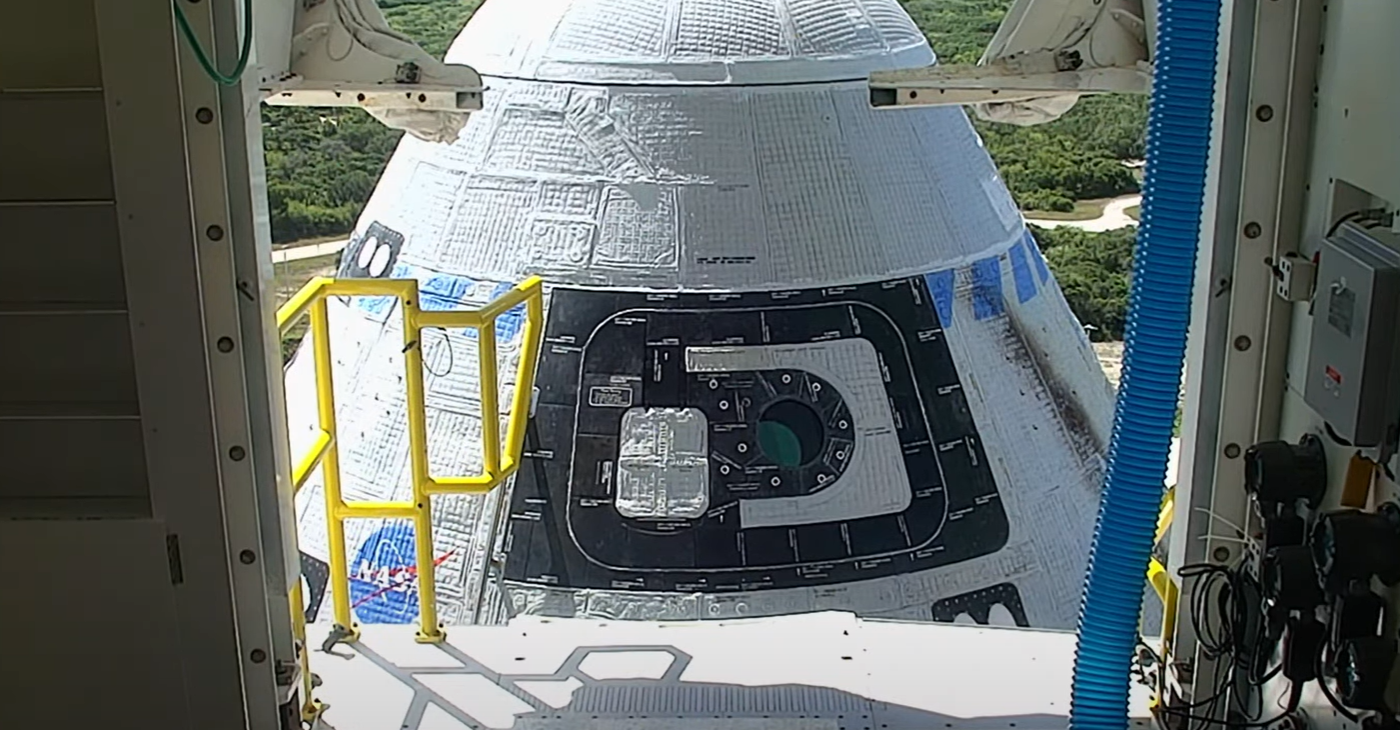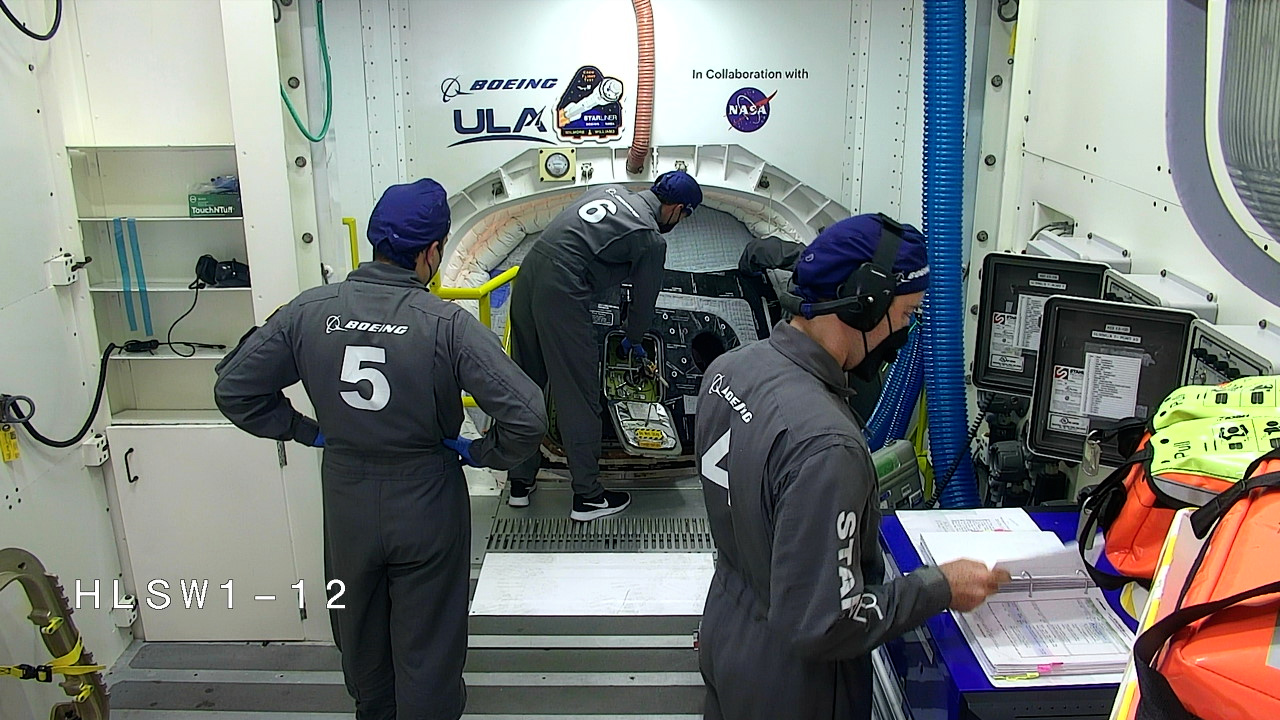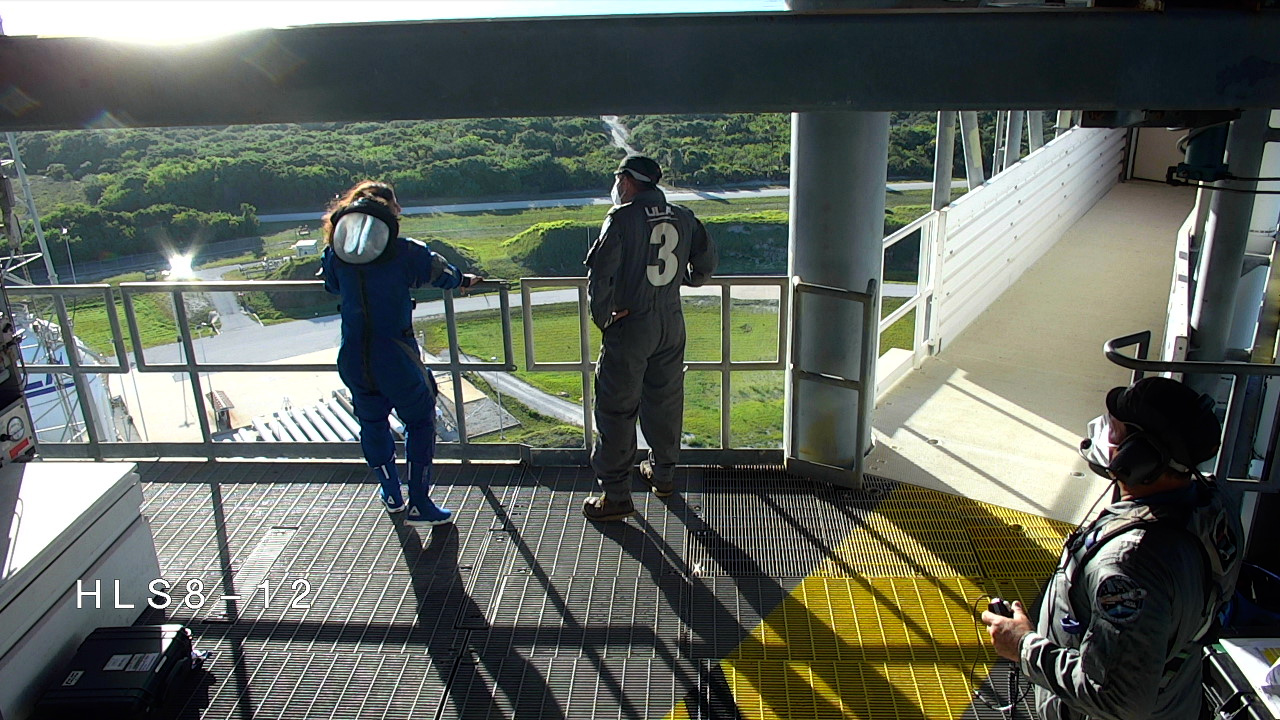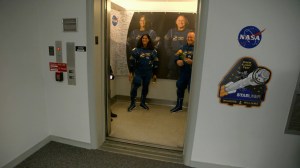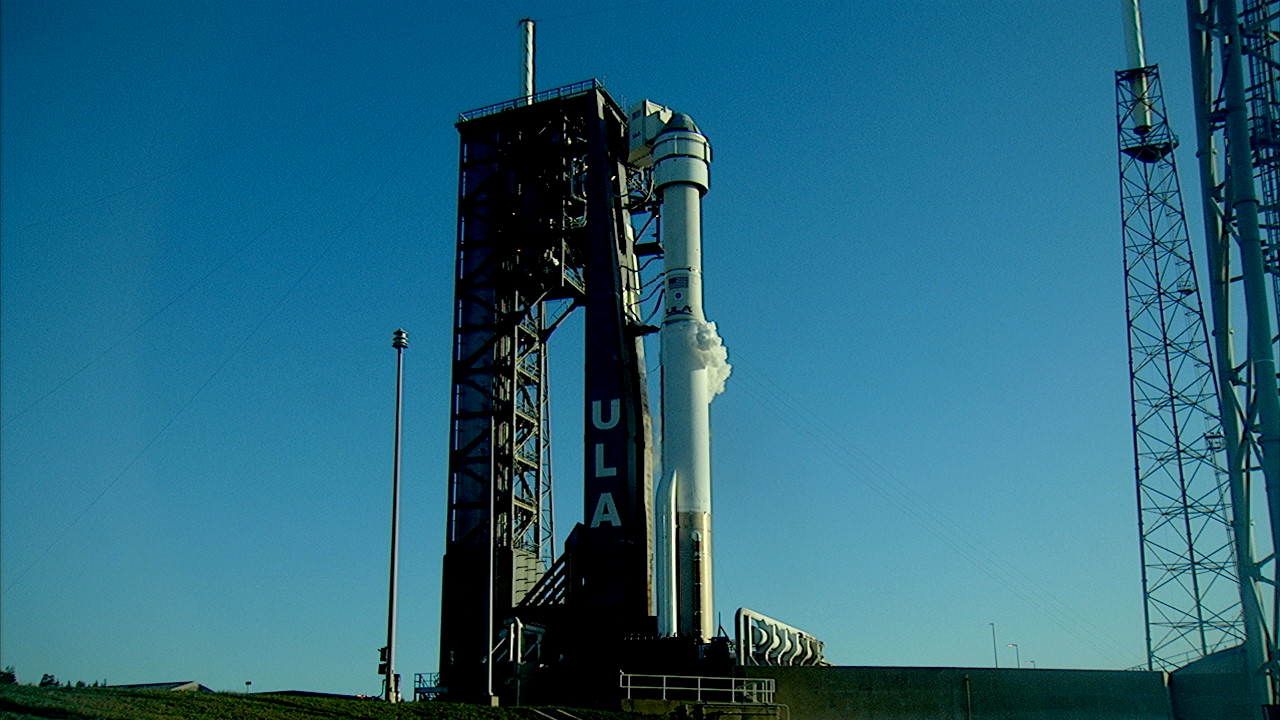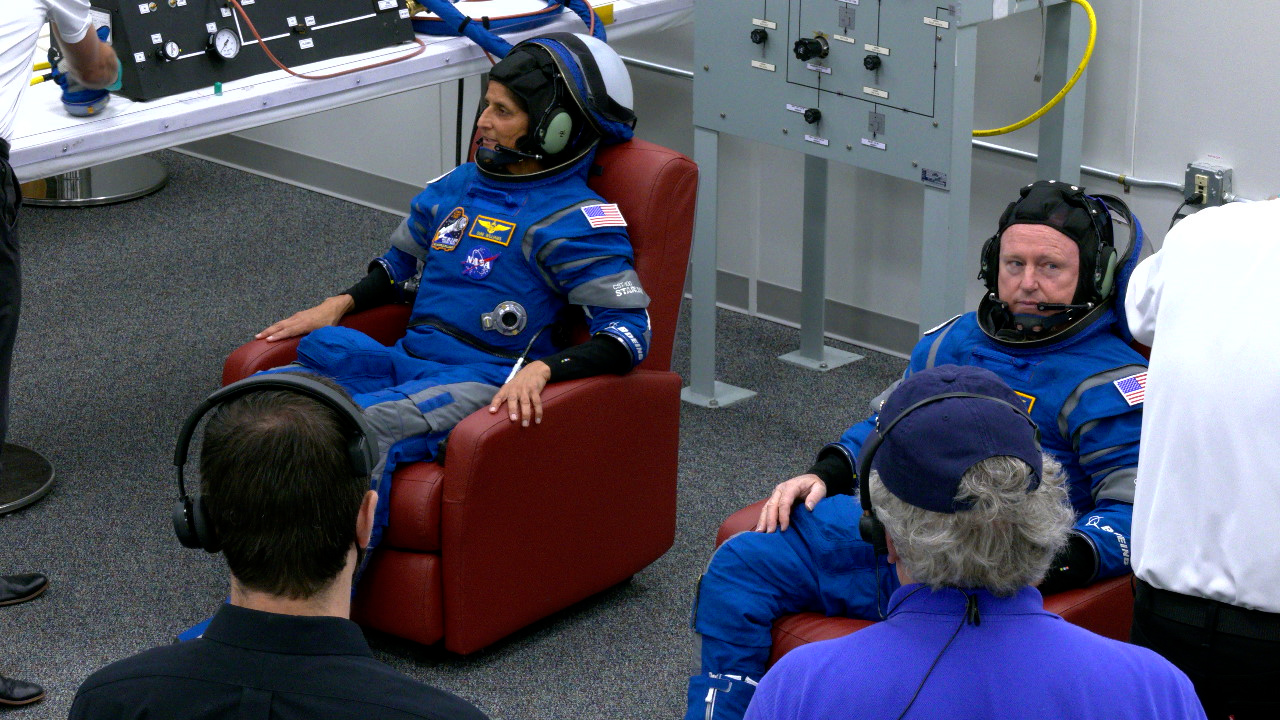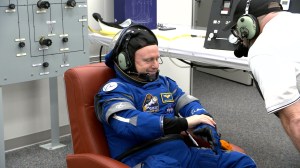
NASA’s Boeing Crew Flight Test astronauts are on their way to the International Space Station!
The capsule, carrying NASA astronauts Butch Wilmore, commander, and Suni Williams, pilot, is expected to reach the orbiting laboratory at 12:15 p.m. EDT, Thursday, June 6.
A postlaunch news conference will be held at the agency’s Kennedy Space Center in Florida and is scheduled to begin at 12:30 p.m. with the following participants:
- NASA Administrator Bill Nelson
- Ken Bowersox, associate administrator, NASA’s Space Operations Mission Directorate
- Joel Montalbano, deputy associate administrator, NASA’s Space Operations Mission Directorate
- Steve Stich, manager, NASA’s Commercial Crew Program
- Mark Nappi, vice president and program manager, Commercial Crew Program, Boeing
- Tory Bruno, president and CEO, ULA
Coverage of the postlaunch news conference will air live on NASA+, the NASA app, YouTube, and the agency’s website.
Once the postlaunch news conference is complete, NASA+ coverage will end, and mission coverage will continue on both NASA channels. NASA+ coverage will resume at 9:30 a.m. Thursday, June 6, as Starliner approaches the space station for a docking to the forward-facing port of the Harmony module.



